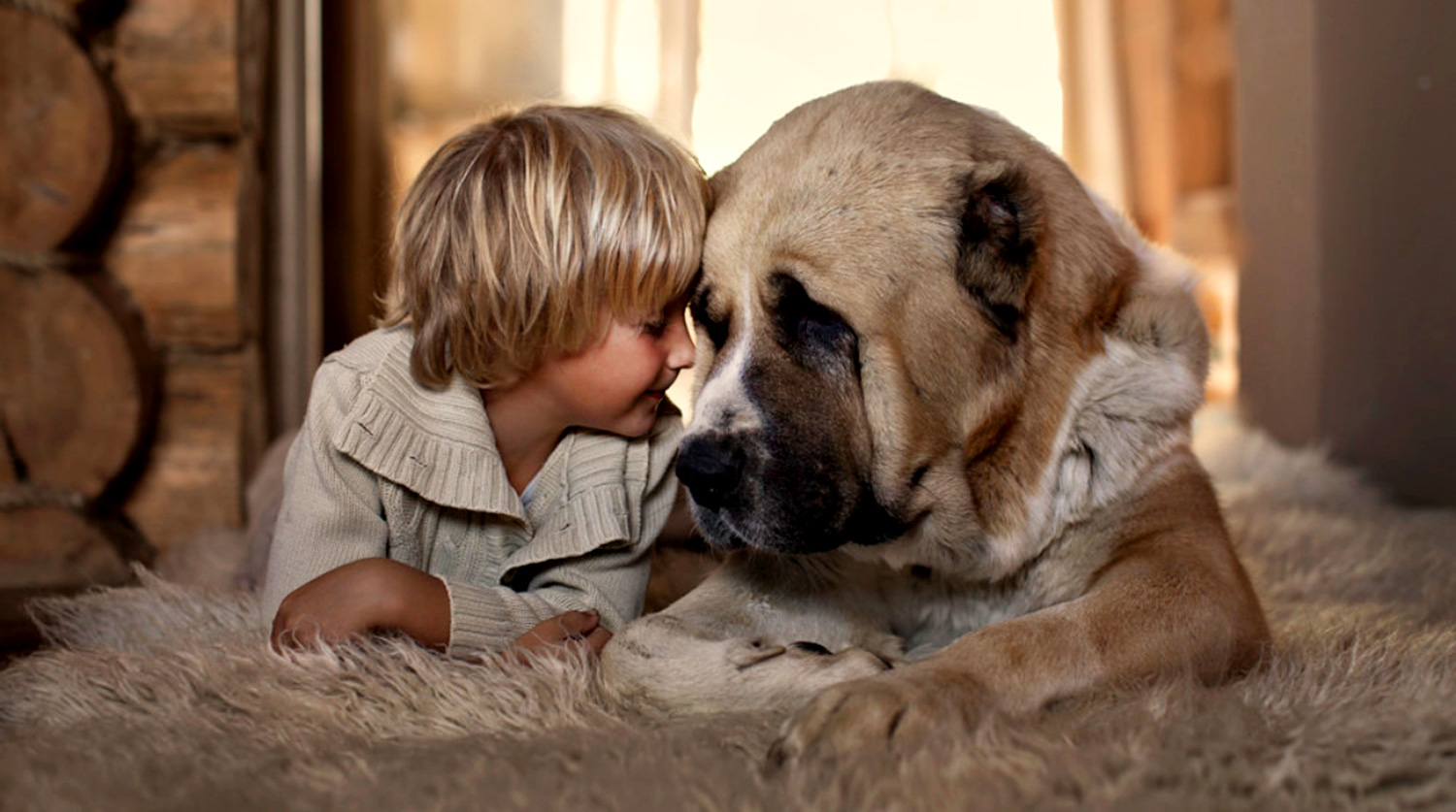Puzzles for geniuses
One popular type of puzzle is visual puzzles, which require solving a visual puzzle or mystery. These puzzles can take different forms, such as coin puzzles, spot the difference games and hidden object puzzles.
Regardless of the format, visual puzzles require the player to carefully observe and analyze the visual elements presented to them in order to solve the puzzle. Spot the difference games include two almost identical images with subtle differences between them.
The player’s task is to find all the differences between the two images. These puzzles often require careful observation and attention to detail, as some differences can be very subtle. Hidden object puzzles, on the other hand, involve finding specific objects within a larger picture.
Objects can be hidden in the scenery or disguised in a certain way, requiring the player to carefully examine the entire image to find them all.
Additionally, visual puzzles can be a great way to relieve stress and relax. Focusing on the puzzle and solving the visual mystery can help ease the mind and provide a sense of accomplishment once the puzzle is completed.
In summary, visual puzzles can be a fun and engaging way to exercise the mind because they require careful observation, analysis, and problem-solving skills. In addition, they can be an enjoyable activity to do with family or friends, since they can be solved alone or in a group.
How to solve the puzzles?
Solving puzzles can be a fun and challenging activity that requires creative thinking and problem-solving skills. Here are some tips that can help you solve the puzzles:
Read the question carefully: puzzles can be misleading and involve a play on words. It is therefore important to read the question carefully to ensure you understand the problem correctly.

Break the problem into parts: Once you understand the question, break it into smaller parts. Identify the key elements of the problem and try to simplify the question.
Use logic and reasoning: Puzzles often require thinking out of the box and using logic and reasoning to arrive at a solution. Try to eliminate impossible or unlikely scenarios and use deduction to narrow down your options.
Be creative: Sometimes solving a puzzle requires a creative approach. Don’t be afraid to think out of the box and find unconventional solutions.
Practice: Solving puzzles takes practice, so don’t get discouraged if you can’t solve a problem right away. Keep trying and practicing, and you will improve your problem-solving skills over time.
Collaborate: Sometimes solving a puzzle can be more difficult if you do it alone. Consider collaborating with others and sharing your ideas and thought processes. This can help you find a solution more quickly and efficiently.
Observation Challenge: If you have hawk eyes, find the number 20 out of 28 in 16 seconds
Visual puzzle questions are a type of brain teaser where a question is based on a picture or photo. They can take different forms, such as riddles, brain teasers or trivia questions. Regardless of the format, solving visual puzzle questions requires the player to meticulously scrutinize and examine the visual elements presented to them.
A common type of visual puzzle is the “differences” puzzle, which presents two almost identical images with subtle differences between them. The player must spot and identify all the differences between the two images, which can be quite difficult as some differences can be subtle.
Another type of visual puzzle question is the visual riddle, which presents a picture or photo and asks a question based on what is depicted in the picture. For example, a visual puzzle might present a picture of a man standing in front of a door with three keys in his hand and ask which key will open the door.
These puzzles require the player to carefully analyze the image and may require lateral thinking to arrive at the correct answer. We have presented you with a question in the image below. Try to solve it by following the rules that apply to this puzzle. Your time to solve the puzzle starts now, so do your best! If you didn’t manage to solve the puzzle, no worries. You can continue reading the article to find out the solution.
We will discover the answer to the puzzle presented in the article above. We’re all eager to know the answer, so let’s get to it. First, we’ll reveal the answer, then we’ll explain the reasoning behind it.
Don’t worry if you didn’t manage to solve the puzzle; puzzles are meant to be fun, not stressful. If you stay calm and relaxed, you might even solve the puzzle before us. We believe that every puzzle has a solution.
While some puzzles may seem difficult, the answer may be simple. On the other hand, some puzzles may seem easy but require a lot of work to solve. Ultimately, the difficulty of a puzzle depends on the specific puzzle.
After careful observation of the image above, we have arrived at the answer. The answer applies not only to those who did not find it, but also to those who made incorrect predictions.
Making mistakes is okay as long as we learn from them. If you are curious to know the answer, continue reading the article. In every puzzle, there is a reason why a particular answer is correct.
While everyone may have their own reasons for the answer, ultimately there will only be one correct answer with a specific reason. In the case of puzzles, this is especially true. Let’s take a closer look at why this answer is the correct one.








